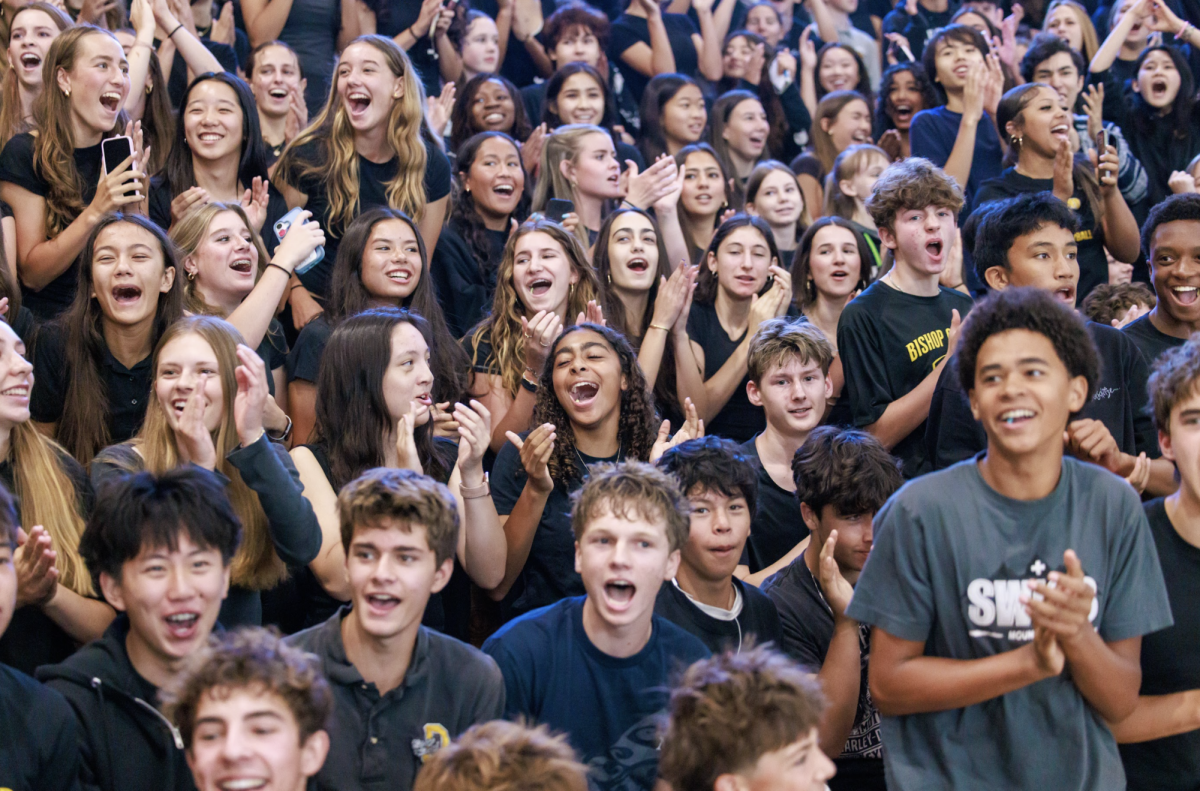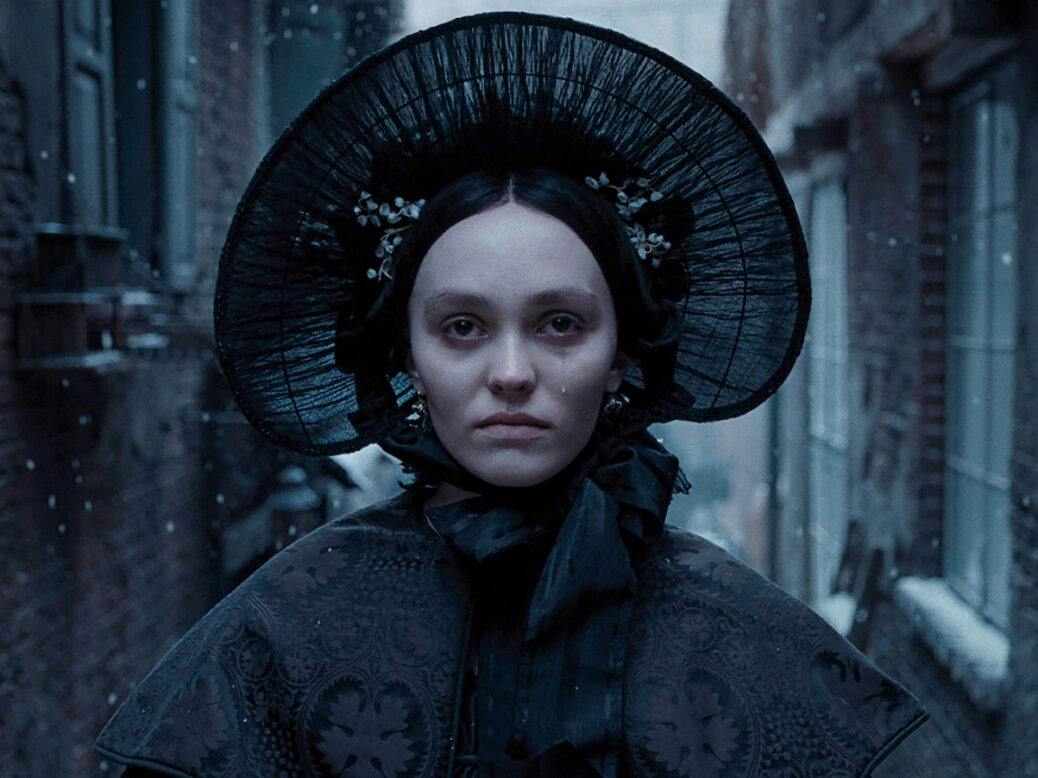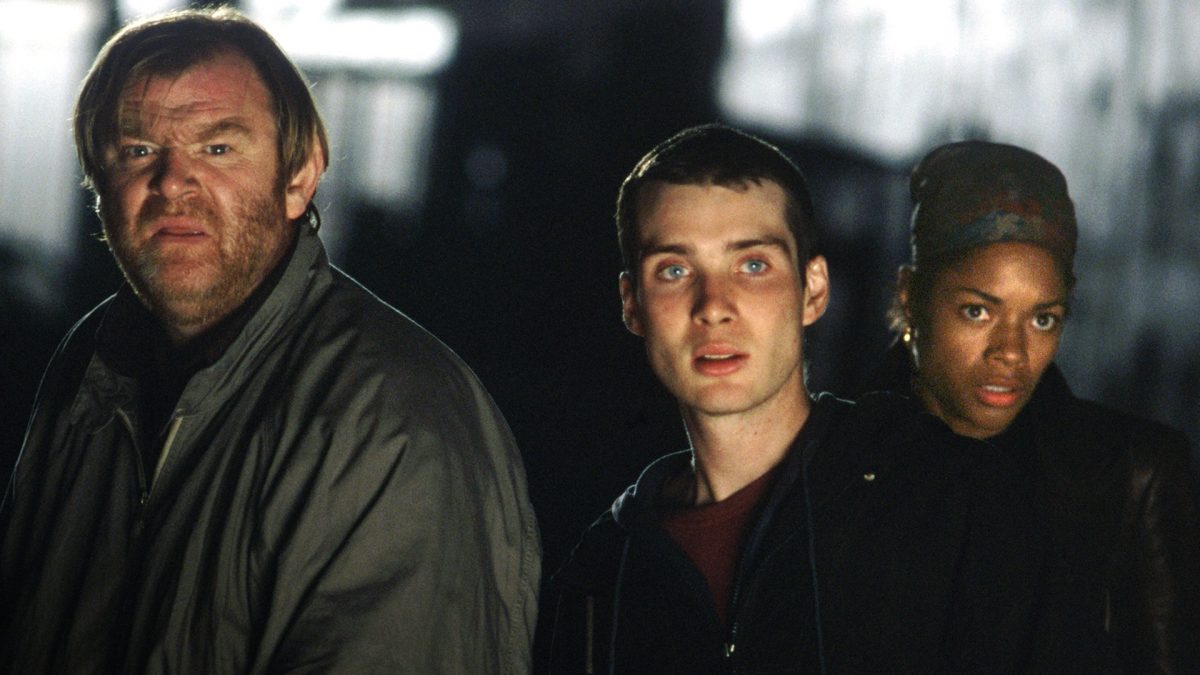Film enthusiasts have noticed that 2024 has been a cornucopia of reboots of films from the bygone era of the late 1900s that have been filling up the movie theaters. In fact The Crow, a 2024 remake of 1994’s The Crow, had just recently been released to theaters. These reboots and sequels have been a mixed bag of reviews ranging from highly acclaimed, to subpar, to unfaithful to the original. However, despite this large range in ratings and reviews, these types of films are not the first nor the last time audiences will be bombarded by reboots or remakes of well known franchises from the early 70s to the late 90s. The question here is: Why are movie industries so fixated on remaking ancient classics and how could such rewriting potentially affect Gen Z and future generations? Looking outside a rose-tinted lens will help reveal the truth of the matter.
The first hurdle to overcome is figuring out what movie industries gain from remaking well known movies. At first glance, the predicament seems complex, but the answer is simple: money. And lots of it. Using ten of Disney’s live-action movies of their beloved animated films from 2010-2024, the average worldwide box office results is $578.71 million. However, removing Disney’s live-action Mulan remake, which made a disappointing $69.9 million because of the Covid-19 pandemic, the average would be close to $635.24 million, though this also includes live-action extensions to the animated films such as Maleficent and Cruella. To truly understand how much money Disney’s live-action movies made, it is crucial to compare their biggest hitters at the box office.
Disney’s three biggest live-action films of the 2010s were Aladdin, Beauty and the Beast, and The Lion King. At number three, Aladdin earned a total of $1.054 billion with a budget of $183 million. At number two, Beauty and the Beast earned $1.266 billion with a budget of $160–255 million. Disney’s number one hit, The Lion King earned $1.656 billion worldwide with a budget of $250–260 million. For reference, all movies earned at least five times their budget, not to mention awards as well, making them great financial successes.
The profits and successes made from Disney’s live-action movies can be applied to every remake at this time and going forward. Though many will not make as much profit like a juggernaut like Disney, they still make decent money at the end of the day. Additionally, remakes and reboots are safe, a secure method of making profits and getting decent reviews. An original movie with unknown characters and an unfamiliar setting is too risky, as the industry does not know if the target audience will come to watch their movie. Movie industries do not want to waste money on a movie they do not think will go over the set budget. But, a well known franchise with recognizable characters and an already established fanbase can make profit as long as it has the original characters, a mediocre plot, and some appeals to the audience’s nostalgia of the movie to go with it. Therefore, movie industries play a low risk, high reward with their remakes, even if those remakes get harsh ratings.
However, even though it seems likely that the film industry makes movies purely for financial gain, there is another likely reason as to why remakes are so prevalent. Many directors or producers who grew up watching those classic movies now have the opportunity to use new technology to remake their favorite movies so that it fits the standards of today and satisfies the expectations of movies today in a newer, more modern lens. In other words, directors remake movies that they loved creating what is essentially a “love letter” to the original.
Nonetheless, the influx of movie remakes brings attention to how this modern retelling of classic movies will affect Gen Z and generations to come. A teacher at Bishop O’Dowd who enjoys reboots such as Twisters and Ghostbusters states that movies remade nowadays are made by “people my age who loved watching those movies”. They continue, “You guys [Gen Z] will be able to make your favorite movies a reboot in the future, maybe even a Shrek remake!”
Overall, as a string of remakes, reboots, and sequels are inevitably released in the future, moviegoers must be aware of the possible objectives hidden in these types of movies. All viewers should be cautious of their nostalgia and be certain that it does not cloud their judgment upon the quality of the released film. It is the audience’s job to judge whether the movie being remade is made with an intention of passion for an old movie or a quick cash grab with little to no love for the original.







